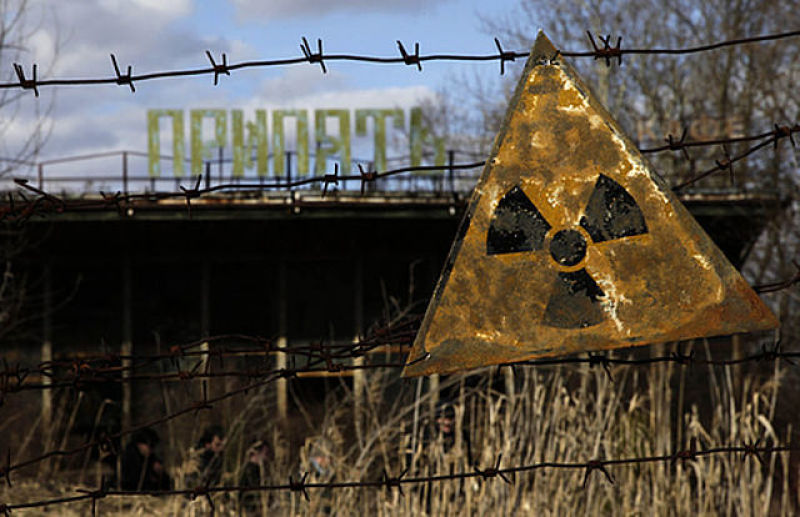
A new scientific study highlights the thriving wildlife at the decommissioned nuclear power plant in Chernobyl, which was the site of the worst nuclear disaster that occurred almost 30 years ago.
According to the scientists who conducted the study, their findings underscore the negative effects of human activities and presence on animals, BBC reported.
The accident at the Chernobyl Nuclear Power Plant happened on April 26, 1986, after a series of explosions at reactor number four led to radioactive fallout. Due to the presence of radioactive particles in the atmosphere, a massive and immediate evacuation process was carried out on the facility and its surrounding areas.
This then turned the facility into a ghost town enclosed by a 30-kilometer exclusion zone.
Immediately after the tragedy, researchers recorded a huge decline in animal populations. However, almost three decades after the disaster, the site is now becoming one of the richest natural reserves in the world.
Based on information collected by scientists through aerial observations via helicopters and tracking animal footprints during winter seasons, they were able to confirm that various mammals such as wolves, wild boar, roe deer and elk are roaming and living in the abandoned Chernobyl Nuclear Power Plant.
According to the scientists, the abundance of animals in the site can be compared to uncontaminated nature reserves in different areas. In fact, the number of wolves living in Chernobyl is seven times greater than in other regions.
Joe Smith, a professor at the University of Portsmouth and lead author of the study, noted that the study does not suggest that the levels of radiation in the site are actually helping the wildlife population to flourish.
Instead, it shows that since the area has been abandoned by humans since 1986, their absence has yielded a positive impact on the lifestyle of animals. Their habitats, migration patterns, eating habits and overall wellbeing are not threatened by human activities such as hunting, pollution and industrialization.
"When humans are removed, nature flourishes - even in the wake of the world's worst nuclear accident," Smith said in a statement according to Reuters. "It's very likely that wildlife numbers at Chernobyl are now much higher than they were before the accident."
"These unique data showing a wide range of animals thriving within miles of a major nuclear accident illustrate the resilience of wildlife populations when free from the pressures of human habitation," Jim Beasley of the University of Georgia and co-author of the study added.
The findings of the scientists were detailed in a report published in the scientific journal Current Biology on October 5.



















